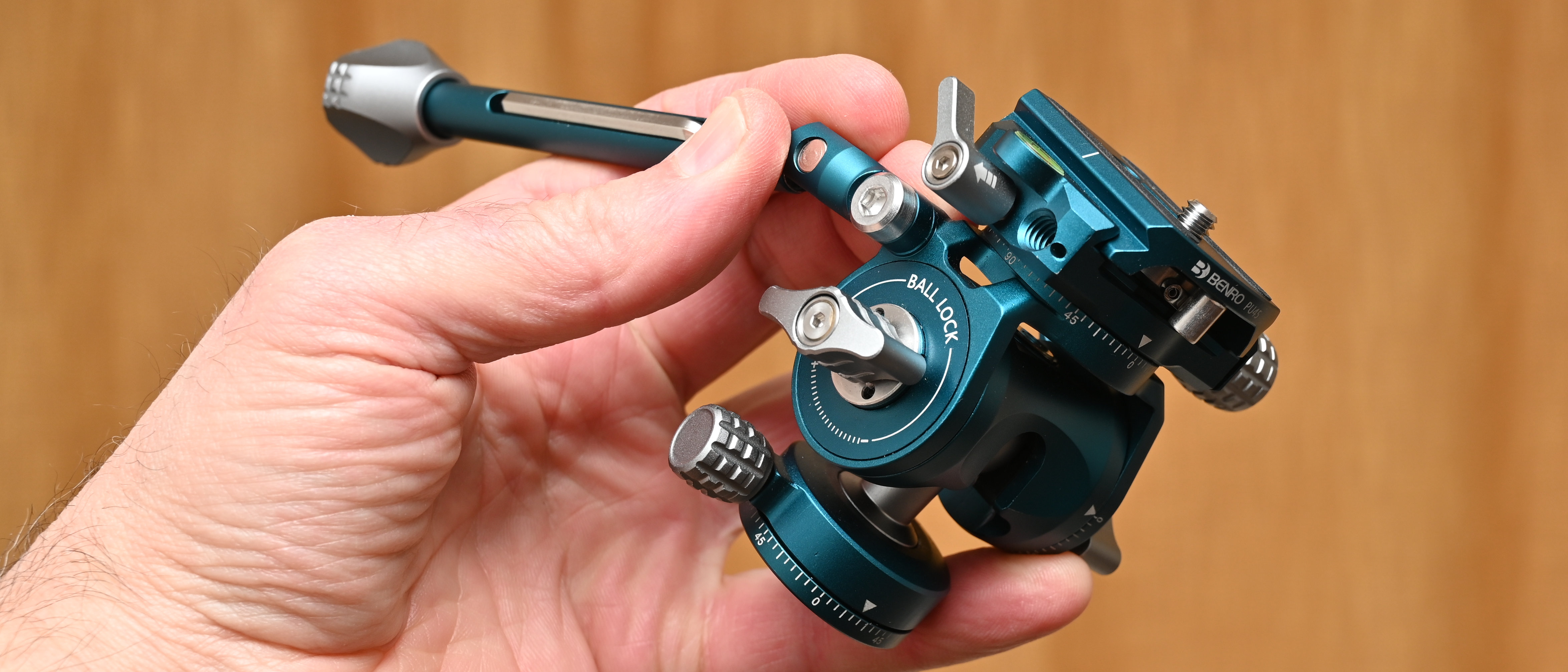Shocking animal farm conditions revealed thanks to photojournalism grant
Animal rights activist and photographer uses a photojournalism grant to uncover animal farming horrors
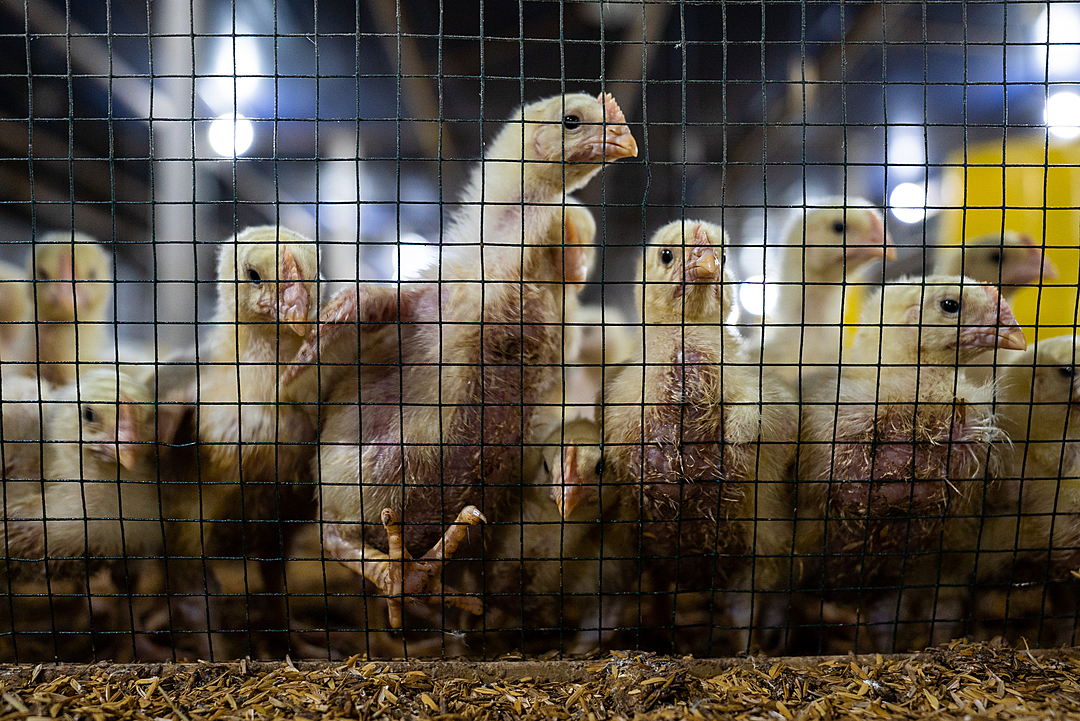
WARNING: This article contains shocking images of animal farms and slaughterhouses that some readers may find upsetting.
Growing up, animal rights activist, photographer and lecturer Seb Alex identified as an animal lover. He would never knowingly do anything to harm an animal, and yet he consumed them as part of his diet. It wasn't until Seb's friend showed him graphic images of a slaughterhouse that he made the connection between his diet and the welfare of animals.
This realization not only changed Seb's attitude towards food but, in time, it directed his entire career to focus on animal rights advocacy and documenting the harrowing, harsh conditions found in animal farming industries. Seb made the switch from a corporate job to work full-time on animal rights, and started documenting the atrocious farming conditions that animals were kept in all over the world.
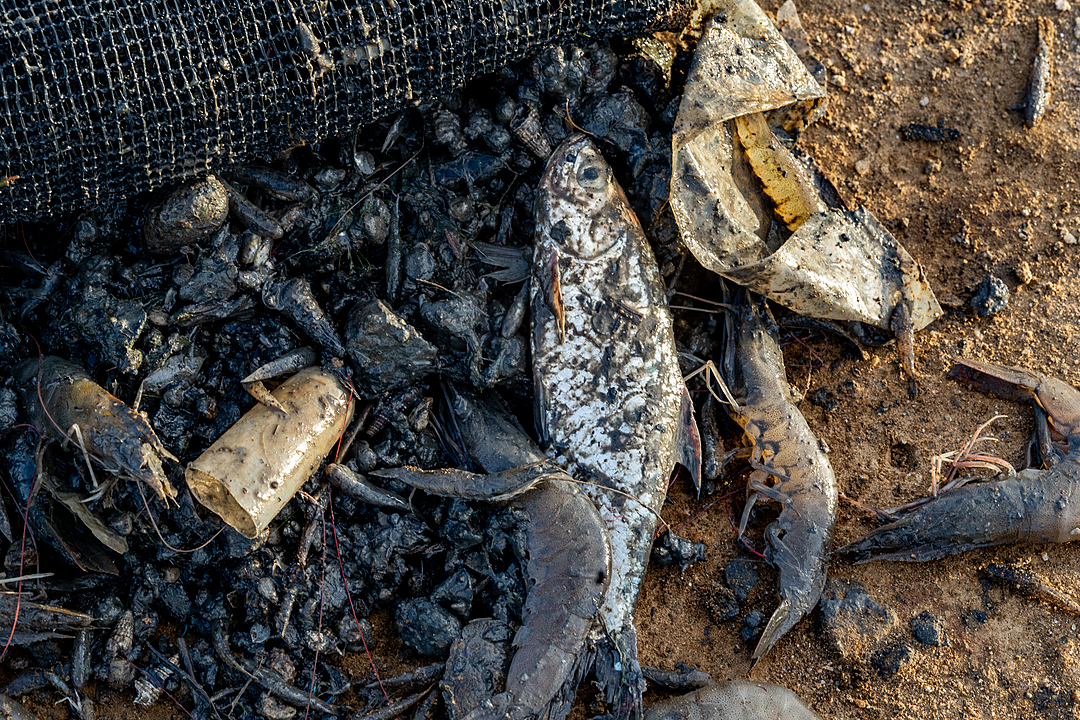
On his journey to create a better world for animals, Seb founded the Middle Eastern Vegan Society, he's given lectures on animal rights all over the world, and recently he was awarded the We Animals Media Photojournalism Fellowship, which has enabled him to dive deeper into animal farming to uncover the devastating conditions animals are kept in up until slaughter.
Seb's work is without a doubt emotionally draining but, with so much done to cover up the behind-the-scenes of the meat industry, he feels responsible when it comes to shining a light on the realities of eating meat through his photographic work and deep-rooted love for animals.
We caught up with Seb to chat about winning the We Animals Media grant, how he deals with the psychological impact of working in such conditions, and what people can do to advocate for better animal rights all over the world.
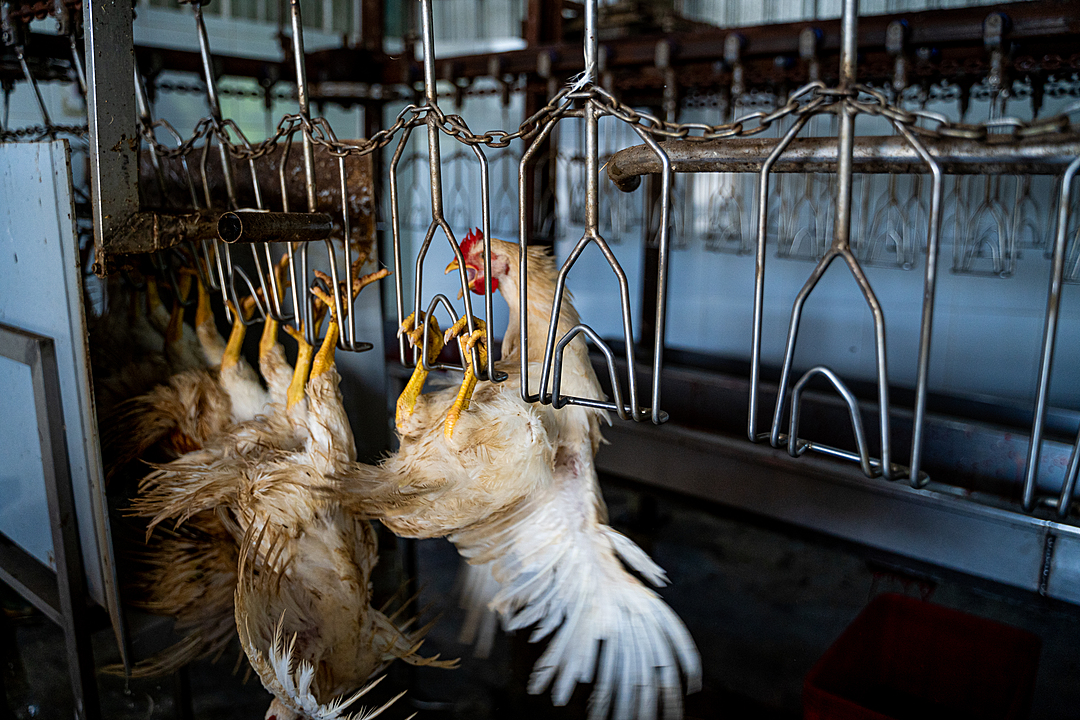
What made you want to start photographing animal industries?
It wasn’t until a friend of mine showed me graphic footage from slaughterhouses that I realized I can’t continue living this way unless I find a really strong argument as to why I, as an animal lover and a person who doesn’t want to harm animals, would support such an atrocity.
I realized that not only do most people make this connection once they see the photos and videos coming out of these industries, but that it is also one of the things that the industry tries so hard to keep a secret, sometimes by going as far as lobbying to make peaceful humans who document what goes on inside these buildings, be classified as domestic terrorists, by introducing 'ag-gag' laws [which prohibit whistleblowing in the agriculture industry].
The combination of these two points was what made me realize this needs to be done.
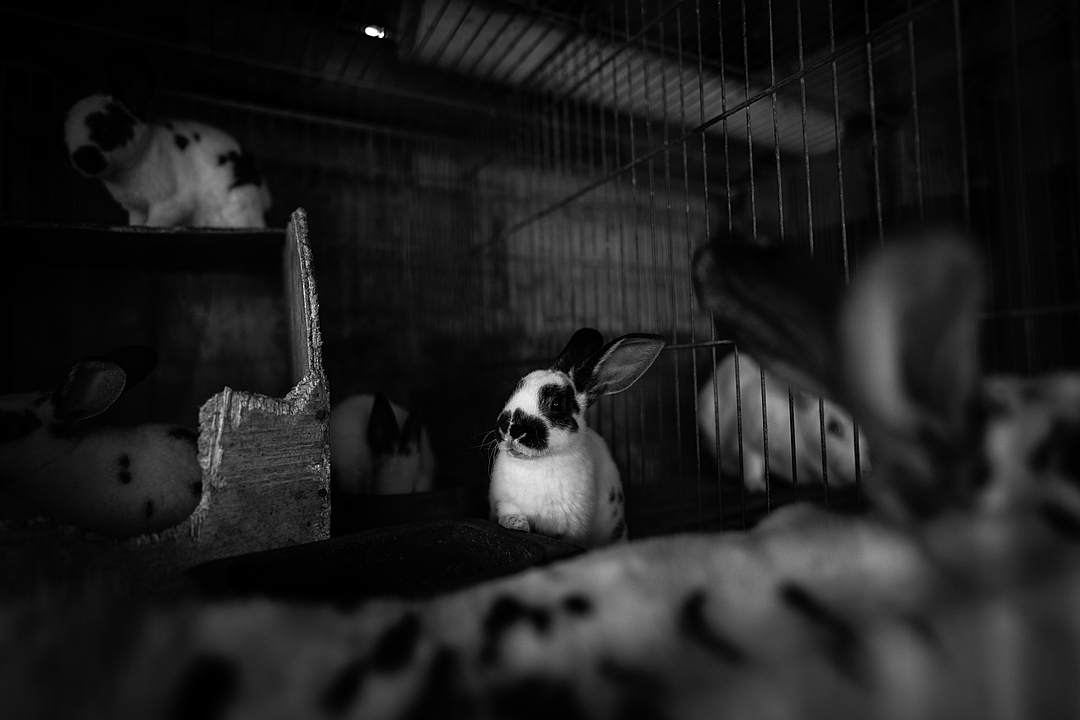
How did you feel when you found out you'd been awarded the We Animals Media Photojournalism Fellowship, and how has it changed your life?
A good friend of mine encouraged me several times to apply but I remember thinking, "There’s no way I'll be awarded that!" But I ended up applying anyway. So there's no words to explain how happy I was when I found out about it. To be able to work with Jo-Anne McArthur and have the support of the We Animals Media team is definitely a once in a lifetime opportunity.
To have the freedom to choose what I want to concentrate on when it came to the project in question was also really amazing. It has helped me so much in the decision of dedicating more time to this important mission.
The photos are incredibly harrowing, and a shocking reminder of the suffering animals go through so humans can eat meat. How do you deal with the emotional stress of it all?
Most of the time when I’m inside a farm or a slaughterhouse, my emotional system just shuts down. I know I’m there to do my job and document, I’m not there to pay attention to how I feel about it or what I think about what’s going on. But I’m still a human and have to deal with it when I’m back home. It usually hits me when I’m retouching the photos as that’s when I remember the individuals one by one and what happened to each of them.
This role has a heavy toll on my mental and emotional wellbeing, which is why I try my best to stick to a routine that helps me stay in my best mental state. I don’t oversleep or sleep too late, I rarely eat junk food and try to stick to whole foods, I run or exercise, meditate and do ice baths regularly.
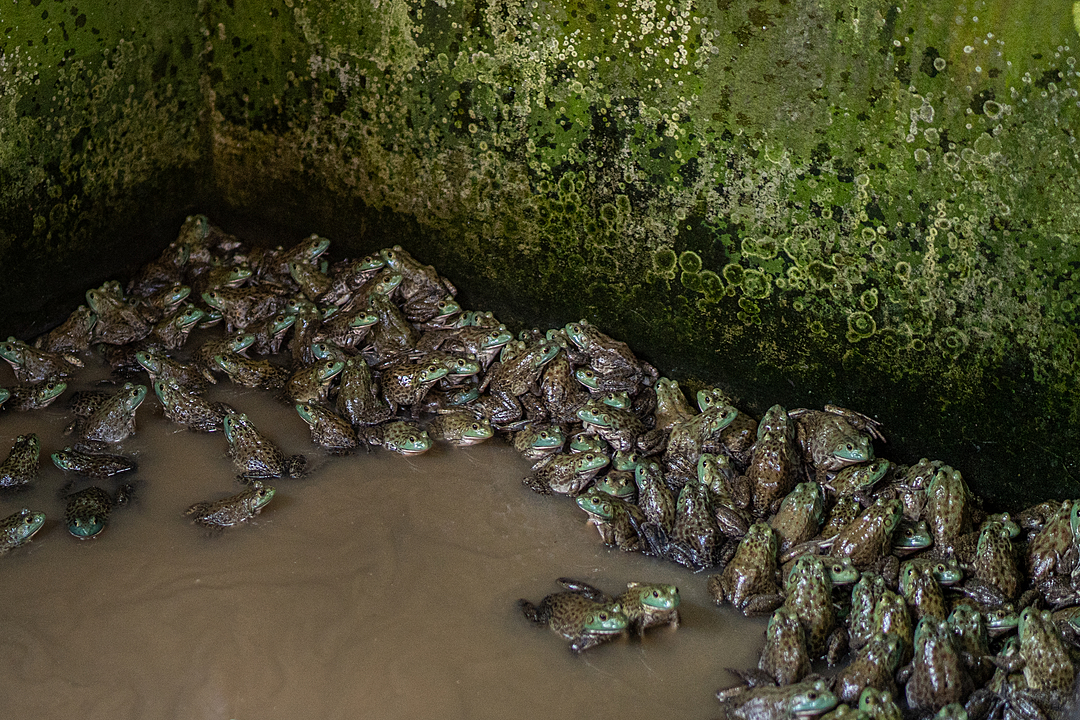
You also founded the Middle Eastern Vegan Society. Has your work affected your dietary choices or was it the other way round?
It definitely was the other way around. I first ditched meat and other animal flesh when I was 16, so I haven’t eaten other animals for the past 17 years now, but for the past 9 years I have been on a plant-exclusive diet, what is also known as a vegan diet nowadays – although veganism is more of a philosophy and an ethical stance than a simple 'diet' to stick to.
I could not be aware of what animals go through and continue supporting it at the same time. The reason why I founded the Middle East Vegan Society was that I realized while the majority of middle eastern cuisine is already plant-based, and the animal rights movement is growing in this area of the world, there was not much coverage of this and many people assume that veganism is nothing but a 'western privilege issue'.
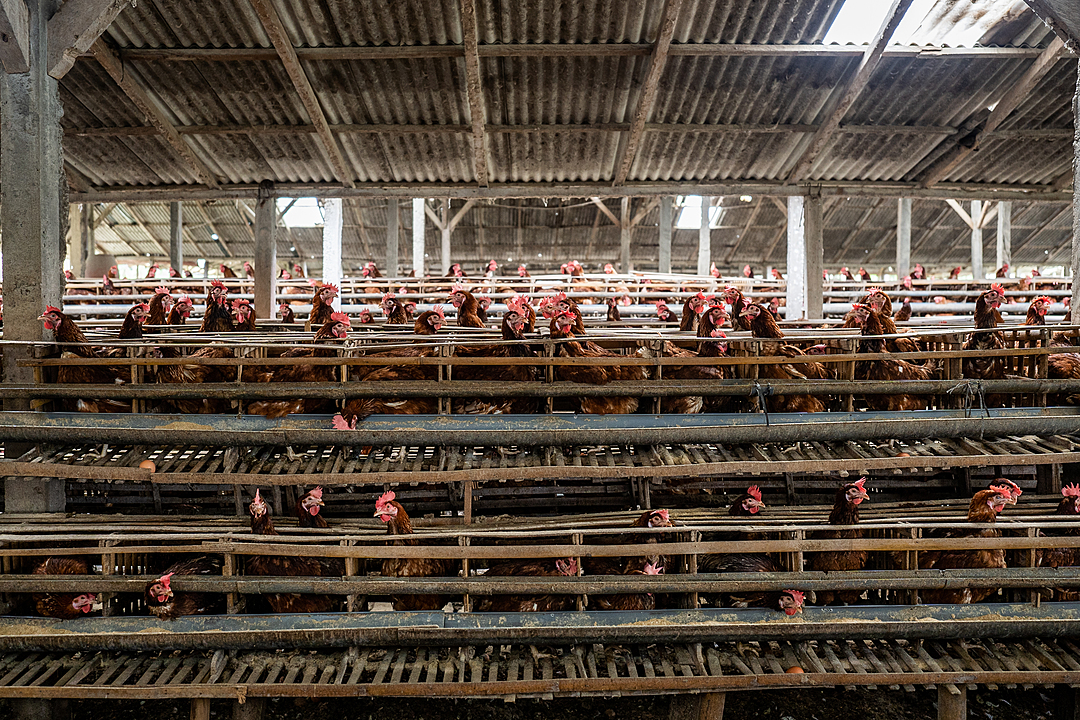
Having witnessed animal farming on such a vast scale, do you think there's any way meat can be consumed responsibly?
I have been everywhere from factory farms with hundreds of thousands of chickens, to massive slaughterhouses with 8,000 pigs arriving per day to be put in gas chambers, to small family backyard operations of 20 "backyard free range" chickens or one pig per day. The only difference I have seen is the number.
What we tend to forget in these situations is the experience of the individual and the harm we are causing on that individual, not how "we" personally feel about the situation itself. Are factory farms worse than small family farms? Of course, they are, there is no doubt about that, but we should be careful not to commit a false dichotomy fallacy. The issue here is not between two options, factory farms or small family-owned backyard slaughterhouses; there’s a third option, which is no slaughterhouses, no exploitation and no rights violations.
Ultimately, the idea of consuming meat "responsibly" is as bizarre as the idea of killing and consuming a golden retriever "responsibly". We are better off not doing it when we have the option not to (and for the majority of the world, this option is there).
What's been the most shocking thing you have seen?
I believe it was the third time I was documenting inside a cow slaughterhouse. A baby calf who was sick and had a leg injury could not wait where cows are usually put when they’re transported to the slaughterhouse. So instead they had tied the calf to a piece of metal right next to where they were slaughtering other cows. The calf, sitting on the floor in a pool of blood, witnessed the slaughter of 3 or 4 other cows who tried as much as they could to fight for their lives. The footage and photos are as horrifying as one can imagine, and it was the only time that my body was shaking uncontrollably while I was trying to document.

Aside from not eating meat, what can people do to advocate for animal rights?
I believe the first and most important step is to ask ourselves why we deny other animals their basic moral rights. Can we really point out a single trait that is true of these animals, that if true of a human, would justify exploiting or killing that human for food, tradition, clothing, culture, and so on? We are indeed very different from them, but the differences are not morally relevant differences.
Once you accept this, and the fact that other animals deserve basic moral rights as a logical extension of the philosophy of human rights, they tend to immediately stop supporting these industries and buying animal products and byproducts. This step includes as mentioned above, cutting out not only meat but all foods of animal origin.
When it comes to advocating for animal rights, similar to mental health, there is no one-size fit. We all have something specific to offer this movement. For some it can be by volunteering for animal rights organizations, for others it may be by raising awareness through books or social media, joining protests, being part of campaigns or cooking for others.
The fight for animal rights is such a big cause, that there is something for each of us to offer, so I invite anyone who is interested in being active, to think about what they can each individually offer to the movement.
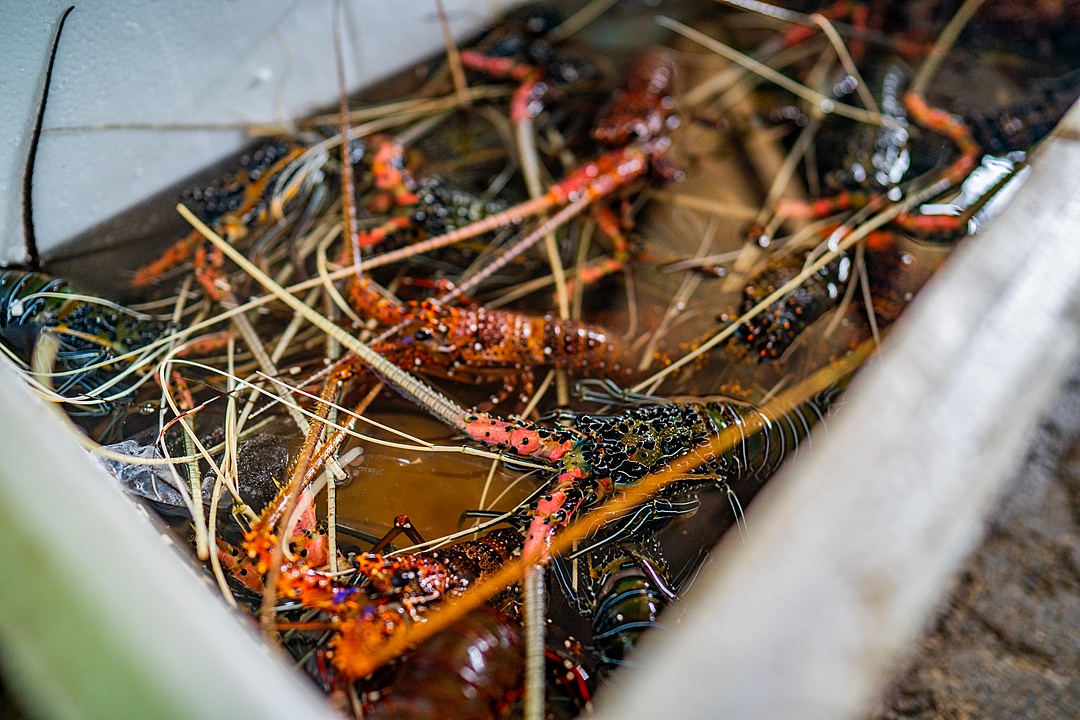
Get the Digital Camera World Newsletter
The best camera deals, reviews, product advice, and unmissable photography news, direct to your inbox!
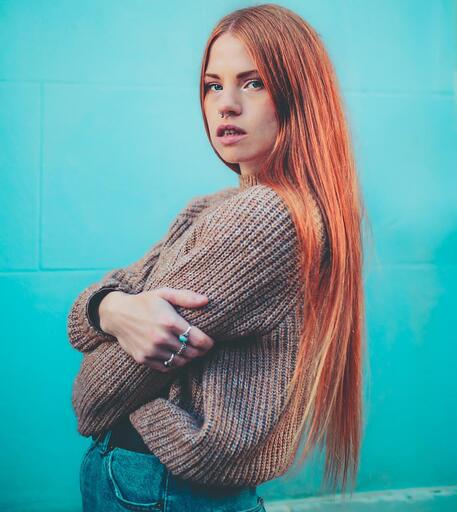
Having studied Journalism and Public Relations at the University of the West of England Hannah developed a love for photography through a module on photojournalism. She specializes in Portrait, Fashion and lifestyle photography but has more recently branched out in the world of stylized product photography. Hannah spent three years working at Wex Photo Video as a Senior Sales Assistant, using her experience and knowledge of cameras to help people buy the equipment that is right for them. With eight years experience working with studio lighting, Hannah has run many successful workshops teaching people how to use different lighting setups.
